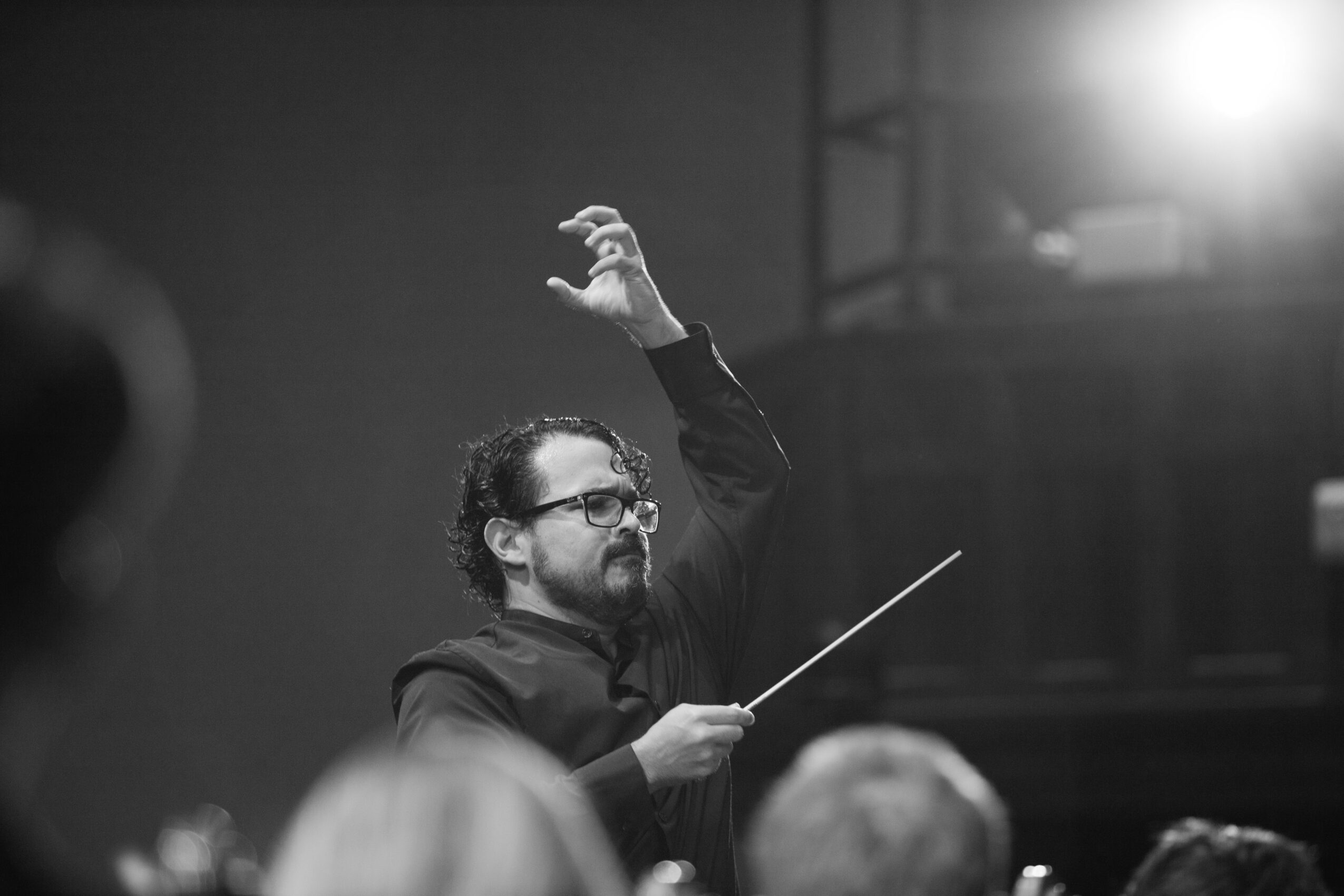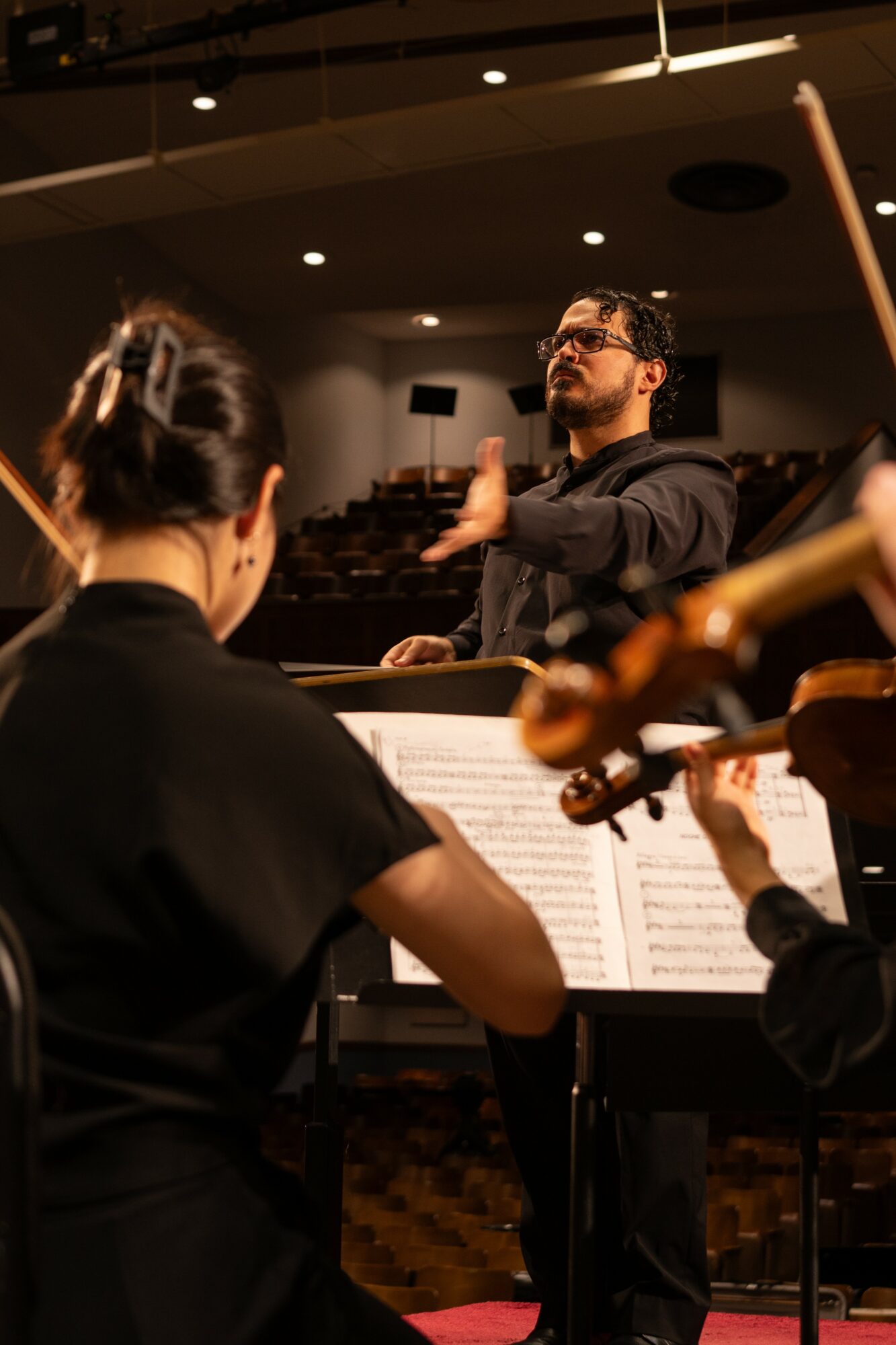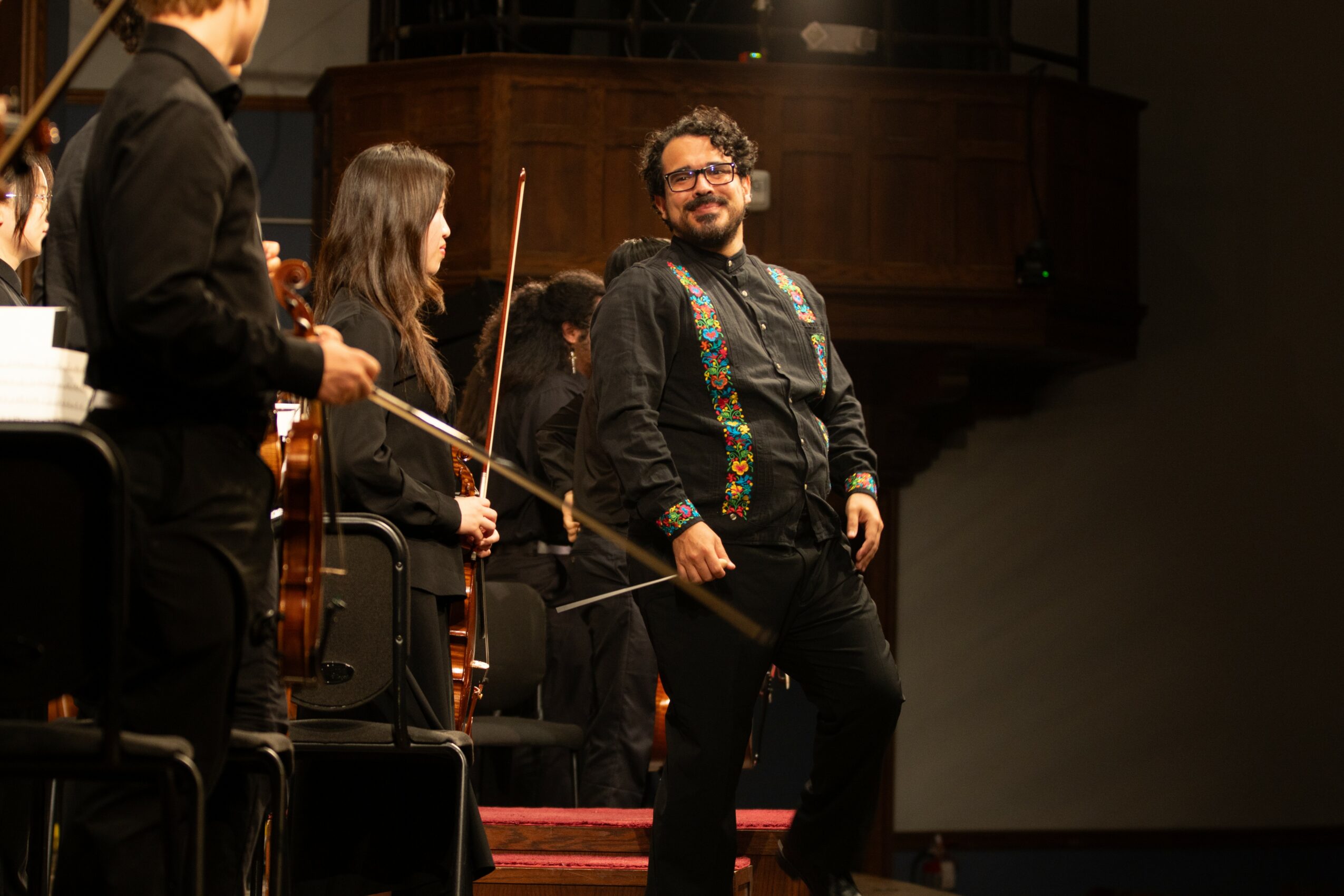

Today we’d like to introduce you to Pablo Zamora Mata.
Hi Pablo, thanks for sharing your story with us. To start, maybe you can tell our readers some of your backstory.
I’m originally from Costa Rica, where I was part of El Sistema—a national network of orchestra schools dedicated to making classical music education accessible to all. It was there that I first stepped onto the podium, conducting orchestras while also learning the worlds of production and touring.
When I moved to the United States in 2021 I set myself a clear goal: to join organizations where I could observe world-class conductors and understand how leading institutions operate. That path led me to work with the Atlanta Symphony Orchestra, the YOLA National Festival and Encuentros Festival of the LA Philharmonic, the National Youth Orchestras of Carnegie Hall, the Sphinx Organization, and the OAcademy online conservatory. In these roles—ranging from teaching artist to student life manager to orchestra manager—I gained a dual perspective: watching leaders like Marin Alsop, Gustavo Dudamel, Joseph Young, and James Ross, while also learning the administrative and logistical side of orchestras.
Along the way, mentors and colleagues encouraged my conducting, including Jerry Hou, who offered me my first U.S. conducting opportunity with the Atlanta Symphony Youth Orchestra. I have continued to refine my craft through private study with outstanding musicians such as Molly Turner, Marianne Ploger, Catherine Larsen-Maguire, Sarah Ioannides, Ligia Amadio, and Miguel Harth-Bedoya.
In February 2024, after a nine-month audition process with multiple rounds, I was appointed Assistant Conductor of the Austin Symphony Orchestra—my first full-time conducting position. It has been a true privilege to explore great music, learn from Maestro Peter Bay, and contribute daily to an organization that inspires me.
Now, everything feels as if it has come full circle, and I’m excited to deepen my understanding of both conducting and organizational leadership as I keep growing and learning thanks to the Austin Symphony.
Can you talk to us a bit about the challenges and lessons you’ve learned along the way. Looking back would you say it’s been easy or smooth in retrospect?
Classical music is a very competitive field, demanding not only exceptional skill but also substantial resources—both material, like funding, and immaterial, like resilience and a strong support system. As an immigrant from Costa Rica, I had little in the way of material resources, but I was fortunate to have resilience and an extraordinary community of family, teachers, and friends who believed in me.
The challenge was clear: How could I, coming from a country with a completely different reality, build a career in an industry often dominated by those with elite training and far greater resources? Since formal education in the U.S. wasn’t financially possible, I seized every opportunity to work with outstanding organizations—sometimes in administrative roles, sometimes in teaching—while absorbing everything I could from the musicians and conductors around me. One of my greatest strengths has been never shying away from positions that many musicians my age might have overlooked—approaching each role, no matter how humble, with cheerfulness and optimism. That willingness has allowed me to build a network of people who truly support and appreciate me.
At first, I was inspired but also intimidated, often wondering, How could I ever compete with musicians of this caliber? Over time, I realized that what I once saw as my greatest disadvantage was actually my greatest strength. My life experience has profoundly shaped how I approach music and conducting, giving me a voice and perspective that are distinctly my own. Instead of striving to sound like someone else, I’ve learned to trust—and fully embrace—my own sound and artistic identity.
Alright, so let’s switch gears a bit and talk business. What should we know about your work?
I serve as Assistant Conductor of the Austin Symphony Orchestra, where my primary role is to support Maestro Peter Bay’s artistic vision. A unique part of my work involves bridging the gap between what the conductor hears on stage and what the audience hears in the hall—a difference shaped by the acoustics of the space. My goal is to help ensure that every listener experiences the music exactly as the conductor intends.
I also work closely with Jeremy Brimhall, our Director of Education and Community Engagement, on initiatives like the Halloween Concert, Young People’s Concerts, and Tuneful Tales—programs that connect our world-class musicians with families, students, and the wider community. Few things are more rewarding than watching families create lasting memories together through live, high-caliber performances.
A highlight of last season was the 2025 Young People’s Concerts, where we presented Midsummers in Marfa—a reimagining of Shakespeare’s A Midsummer Night’s Dream that brought together actors, dancers, a reggaeton singer, and a mariachi ensemble alongside the orchestra. We also wrapped up the Tuneful Tales series, visiting 16 Austin public libraries with a chamber ensemble to share bilingual (Spanish and English) readings of children’s books. The response was extraordinary, with record attendance compared to previous years.
Looking ahead to the 2025–26 season, I’ll be conducting additional projects—some still under wraps—so I encourage you to watch for the orchestra’s upcoming announcements.
Risk taking is a topic that people have widely differing views on – we’d love to hear your thoughts.
I believe that taking risks is essential for growth—and that the most transformative growth often happens when we step far outside our comfort zones. My greatest risk has been committing wholeheartedly to a career in music—a demanding path in the United States, and an even steeper climb in Costa Rica. The journey has not been easy, but it has carried me across the world, introduced me to extraordinary people, and allowed me to immerse myself in a rich and diverse artistic tradition.
That risk has also been a powerful tool for self-discovery. Conducting requires more than technical mastery to interpret a score; it demands the vulnerability and self-awareness to tell a story in a way that truly resonates with others. In pursuing this path, I have grown not only as an artist but as a person—learning that the very act of embracing uncertainty can open the door to the most meaningful connections and artistic expression.
Contact Info:
- Website: https://www.pablozamoraconductor.com
- Instagram: https://www.instagram.com/maestrozamora
- Facebook: https://www.facebook.com/p/Pablo-Zamora-Conductor-61568609617660/
- Other: https://austinsymphony.org


Image Credits
Dave Andrews













